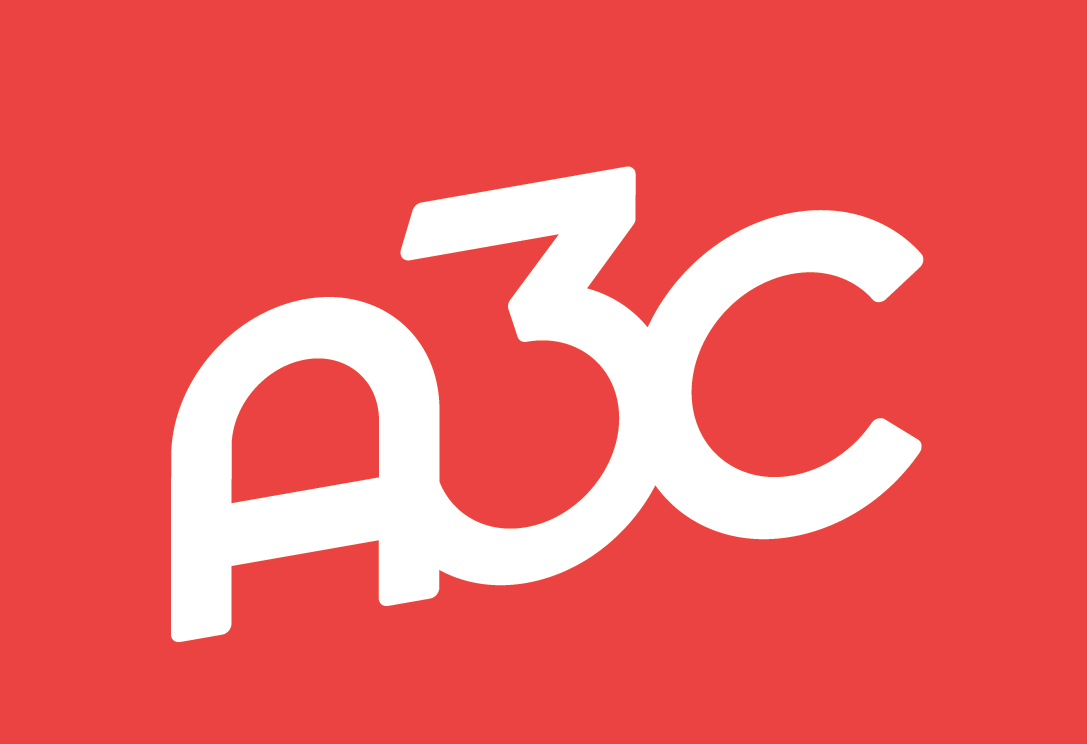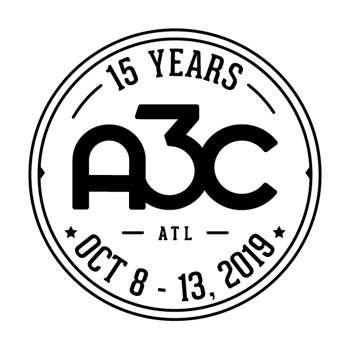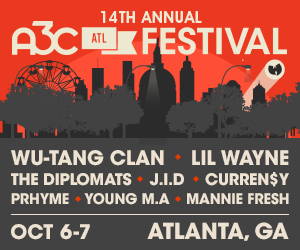The surge in music streaming that started in 2017 saw overall consumption of albums, songs and on-demand audio streaming grow by 12.5% compared to the previous year in the US – the birthplace of hip-hop – according to media research body Nielsen’s 2017 year-end report. For the first time ever, R&B/hip-hop became the most-dominant genre in the US, producing seven of the top 10 most-consumed albums. The growing popularity of hip-hop was a contributor to a massive 72% increase in on-demand audio streaming in the US. But it’s not just a US trend: Hip-Hop in the streaming era has gone mainstream around the world.
Streaming breaks down the barriers
“Streaming has completely changed how music is being shared and discovered,” says Mike Walbert partner/director at music think tank the A3C Festival & Conference.

Mike Walbert
“There are now nearly zero barriers to discovering new artists, and the right playlist placement can take an artist from obscurity to fame. Streaming has allowed popular US hip-hop to reach a global audience without the need for significant marketing efforts or physical distribution, all of which would have been necessary a decade ago.”
Mecca Robinson, Operations Manager at A3C continues:
“Hip-hop is not just an American genre, it’s global, which is why Midem is right to introduce a new hip-hop conference track this year. They understand that the sound and face of hip-hop varies from region to region, something that allows hip-hop to be every bit as diverse as the people in this world.“

Mecca Robinson
“It is important for people to understand that hip-hop is a genre that both speaks volumes and also teaches. Yes, some lyrics mention sex, violence and drugs, but that’s a reality that people are experiencing everywhere. It educates the fans about real-life situations that are going on right in their backyard – such as politics, prison reformation, police brutality and more.”
The growth of hip-hop in the streaming era
As US music analyst Bob Lefsetz observed earlier this year, one reason for the global growth of hip-hop is that it lives online – digital services have contributed to its growing worldwide popularity. “It dominates the streaming charts. We knew hip-hop was popular, but we didn’t know it was this popular until streaming, just like we didn’t know that country & western was that popular until [Neilsen music sales tracking system] Soundscan.”
Global hip-hop and its new globe-spanning generation of fans have many hotspots around the world including Latin America, India and Africa.
Bollywood boosts Indian hip-hop
According to Akhila Shankar of Indian streaming service JioSaavn, back in 2014, the split in the music consumed on the service was about 90% Indian and 10% English. Today 20% is English and English hip-hop is providing a gateway for people, in turn, to discover Indian or desi hip-hop.Shankar says that 2016 was an important year for the genre when Bollywood movies started to include at least one hip-hop track in their soundtracks. Also that year, one of India’s most popular independent music festivals, the NH7 Weekender, had a strong hip-hop lineup and the Hip-Hop Homeland show debuted in Mumbai.
Meanwhile a true spokesperson and exponent of Indian hip-hop, Divine launched his Gully Gang label in February 2019. The name reflects the blockbuster film, Gully Boy, which features his music and is based the rags to riches stories of Divine and Indian rapper Naezy. The label is developing the careers of hip-hop artists from Mumbai.
Chinese hip-hop goes mainstream
Among the hottest growth areas for hip-hop currently is China: “Chinese hip-hop was brought into the mainstream not long ago, through 2017 summer’s variety show Rap of China. But running alongside that mainstream success, there are still a lot of rappers who remain very much underground artists,” says journalist and hip-hop specialist Rita Fan. “The most successful rappers from the mainstream scene include GAI, After Journey, VaVa, Tizzy T, who appeared in the first season of the show then became super popular.”

Rita Fan
As for the underground scene, the biggest rap crews are definitely CDC from Chengdu city where Higher Brothers and Boss X come from, as well as HHH, a Xi’an-based crew that has hundreds of thousands of fans too. In terms of early influencers, Eminem and MC Hotdog from Taiwan may be the earliest and biggest influences for most Chinese hip-hop artists, simply because they were the very first rappers that Chinese youth could get to hear 20 years ago. These days the scene is huge and so to properly understand it, it’s important to break it down into the mainstream and underground categories.
Next: the rise of boom-bap and trap
The urban wave currently profoundly affecting China’s music scene and music business also includes trap, which originated in the Dutch Antilles and combines hip-hop with Caribbean elements: “Trap is every bit as popular as elsewhere in the world and Chengdu City is right at the centre of this wave, with Xi’an City also a centre for trap musicians and fans. Those two cities have partly replaced Beijing, but the city undeniably remains the place where hip-hop culture started. These days, though, most of the musicians in the capital stick to what we call the ‘boom-bap’ style,” Fan says. “And it generates a lot of media. Magazines might have lost their appeal for young Chinese, but the huge popularity of hip-hop, trap and rap is reflected in the proliferation of accounts on social-media platform Weibo that promotes and reports on hip-hop music and the mainstream and underground cultures. Prominent hip-hop blogs include Underground 8 Mile, which also organises freestyle battle contests.”
Wes Chen, host of “Xi Ha Gong Yuan”— aka The Park — arguably China’s most mainstream hip-hop show where he interviews artists, plays tracks, and talks about the latest happenings in the scene, has been prominent in the growth in popularity of Chinese hip-hop. Chen was instrumental in the rise of a number of artists including Chengu-based Higher Brothers and is also the host of a documentary series on the rise of China’s trap scene.
Discover the panels and confirmed speakers within Midem’s Urban Music Focus, in association with A3C.



